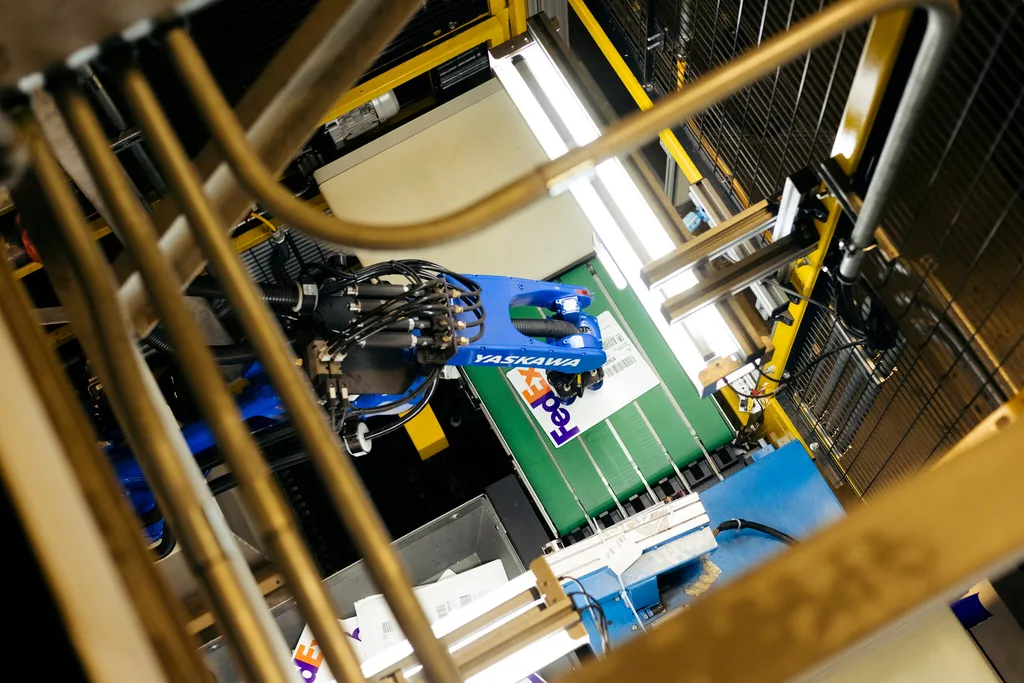In the bustling world of warehousing logistics, efficiency is the name of the game. Every meter saved in travel distance can translate to significant cost savings and increased productivity. This is where the innovative work of CHEN Haiyang, a researcher from the School of Electronics and Information at Xi’an Polytechnic University, comes into play. CHEN has developed a groundbreaking approach to multi-robot task allocation (MRTA) that promises to revolutionize how robots operate in complex environments, with far-reaching implications for the energy sector and beyond.
Imagine a warehouse the size of a small city, filled with robots zipping around to fulfill orders. The challenge is to allocate tasks to these robots in a way that minimizes travel time and maximizes efficiency. Traditional methods often fall short, getting stuck in local optima and struggling with low efficiency. Enter CHEN’s multi-strategy genetic algorithm (DIHA-GA), a sophisticated tool designed to tackle these very issues.
DIHA-GA stands out by employing a dual chromosome coding strategy, which simplifies the coding process and enhances the quality of the solutions while maintaining randomness. “The key is to balance exploration and exploitation,” CHEN explains. “We need the algorithm to explore a wide range of possibilities but also to exploit the best solutions it finds.”
One of the standout features of DIHA-GA is its use of heuristic crossover operators. These operators expand the search range of the solution, helping the algorithm to jump out of local optima and find more optimal paths. Additionally, adaptive crossover and mutation probabilities ensure that the algorithm can quickly converge on the best solution.
The results speak for themselves. In tests with 20 and 40 tasks, DIHA-GA outperformed both hybrid particle swarm optimization (HPSO) and improved ant colony optimization (IACO). The average distance traveled by robots was significantly reduced, indicating a more efficient task allocation. For instance, compared to HPSO, the average distance was reduced by 14.46 meters and 17.36 meters for 20 and 40 tasks, respectively. Similarly, compared to IACO, the average distance was reduced by 21.32 meters and 18.73 meters.
The implications for the energy sector are profound. In large-scale energy facilities, such as solar farms or wind turbine parks, robots are increasingly used for maintenance and monitoring. Efficient task allocation can lead to faster response times, reduced downtime, and ultimately, lower operational costs. “The energy sector is just one of many areas where this technology can make a significant impact,” CHEN notes. “Any industry that relies on robotics for logistics and maintenance can benefit from more efficient task allocation.”
The research, published in Xi’an Gongcheng Daxue xuebao, which translates to Journal of Xi’an University of Architecture and Technology, marks a significant step forward in the field of robotics and logistics. As industries continue to automate and optimize their operations, tools like DIHA-GA will become increasingly valuable. The future of robotics is not just about having more robots; it’s about making those robots work smarter, not harder. And with innovations like DIHA-GA, that future is looking brighter than ever.

